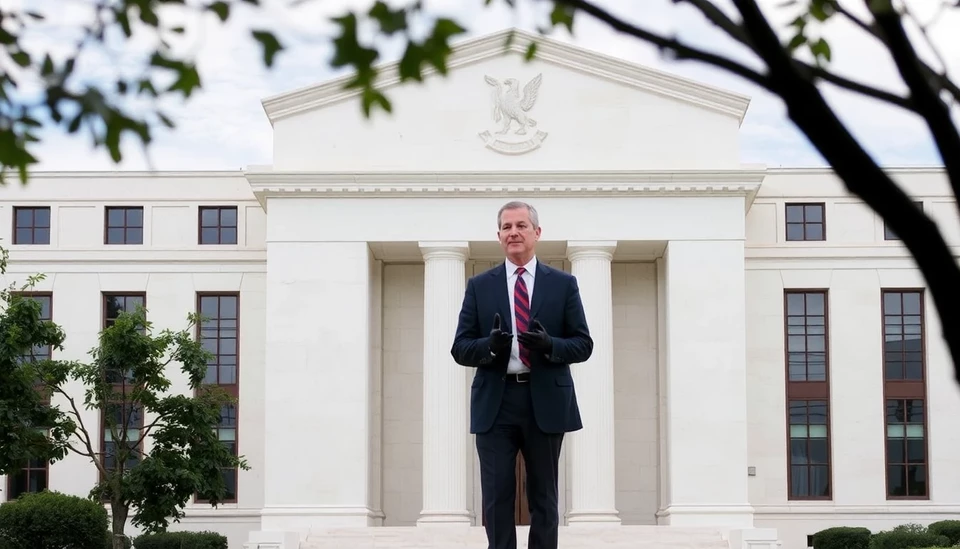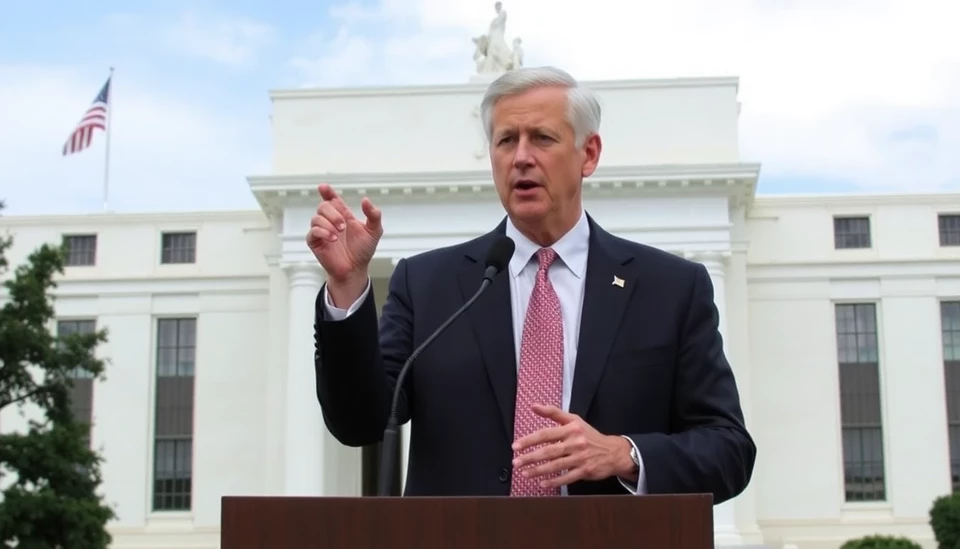
Federal Reserve Chair Jerome Powell is reportedly bracing for a protracted battle against housing inflation, projecting that significant cooling in this critical sector may not occur until 2026. This forecast has significant implications for the overall U.S. economy and monetary policy as housing costs continue to play a pivotal role in inflation metrics.
The latest insights suggest that Powell and his colleagues are closely monitoring the housing market's dynamics, which have been a driving force behind elevated inflation rates. Despite recent efforts by the Federal Reserve to tighten monetary policy through interest rate hikes, the housing market remains resilient, with persistent demand and limited supply contributing to rising prices.
Economists have warned that the persistently high cost of housing may weigh heavily on the broader economy, affecting consumer spending and overall economic growth. The Federal Reserve's dual mandate involves maintaining price stability while also fostering maximum employment. Striking a balance between these objectives requires a keen understanding of housing trends and their impact on inflation forecasts.
In recent months, Powell's strategy has involved a cautious approach to interest rate adjustments. The Fed's interest rates currently sit at elevated levels, aimed at curbing inflation, yet the housing market shows little sign of succumbing to these pressures. With mortgage rates hovering at high levels, potential homebuyers are finding affordability increasingly out of reach, yet demand remains fueled by demographic trends and a robust job market.
The expectation that housing inflation may not ease until 2026 poses challenges ahead for policymakers. As interest rates remain a tool for combatting inflation, prolonged elevated rates could lead to adverse effects on economic growth. The looming uncertainty surrounding housing affordability could also hinder homeownership dreams for many Americans, creating a broader socio-economic impact.
Moreover, analysts urge a close examination of the interrelationship between housing costs, wage growth, and overall inflation. While wages have seen upward momentum, they have not kept pace with surging housing expenses, which has prompted concerns over the potential for a wage-price spiral if the trend continues unchecked.
The Federal Reserve's actions will be closely scrutinized as they navigate these complexities. Powell's insights into the timing and impact of housing inflation on overall monetary policy will be critical in shaping future decisions. With the housing sector remaining in the spotlight, the road ahead for the Federal Reserve may be riddled with policy challenges as they aim to restore economic balance while sustaining affordable housing solutions for all Americans.
As we move closer to 2026, the persistence of housing inflation could redefine how financial markets and consumers perceive the Federal Reserve's effectiveness in addressing inflationary pressures, raising questions about the sustainability of current economic trends.
In conclusion, Jerome Powell's outlook on housing inflation emphasizes a long-term struggle that could redefine monetary policy and its ramifications for the U.S. economy. Stakeholders will need to stay informed on the evolving landscape of the housing market and its widespread effects as we approach a critical period for economic outlook and health.
#FederalReserve #JeromePowell #HousingMarket #Inflation #EconomicForecast #MonetaryPolicy #HousingAffordability #InterestRates
Author: Laura Mitchell




